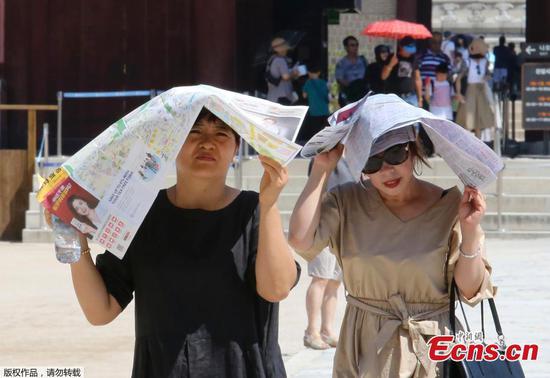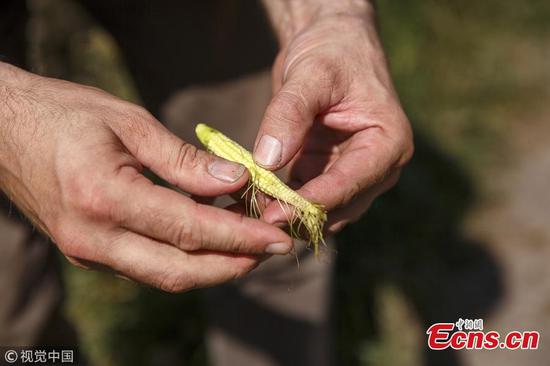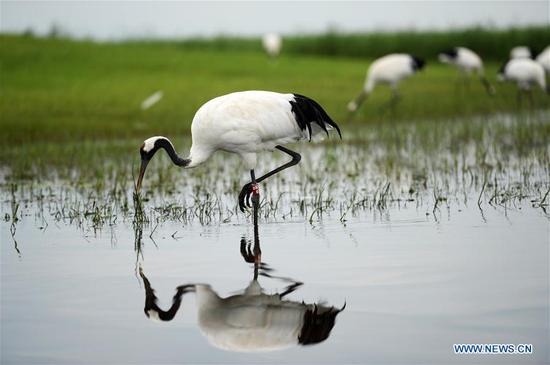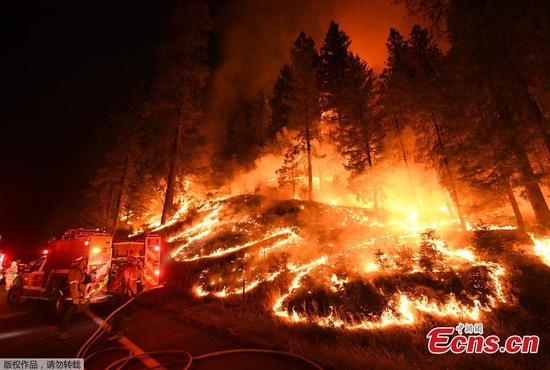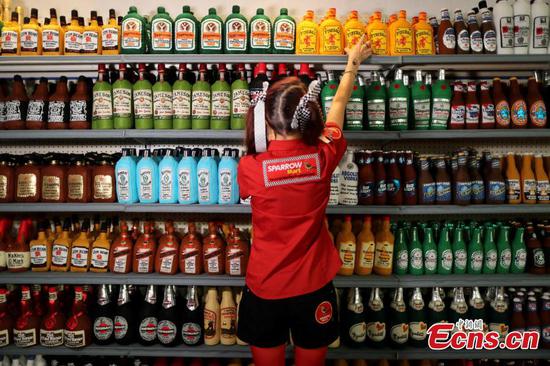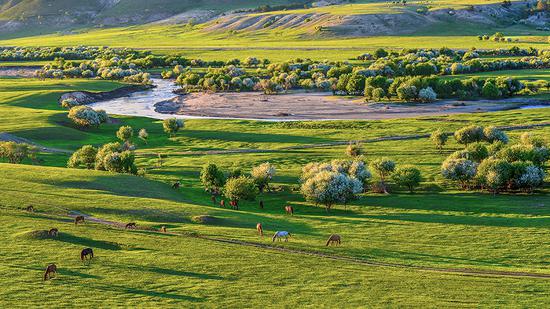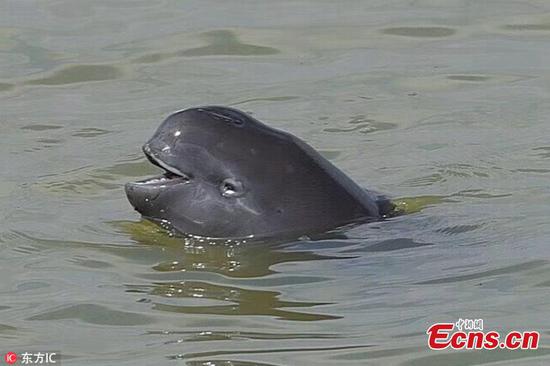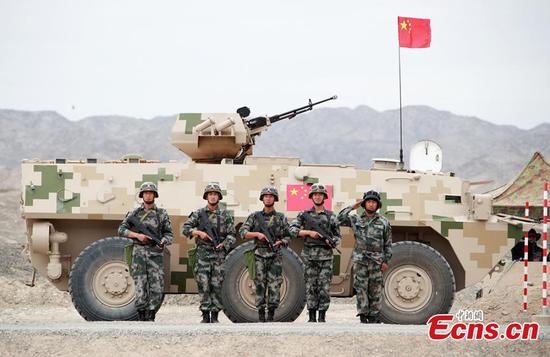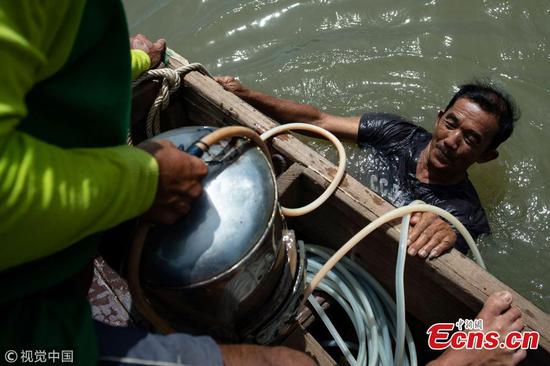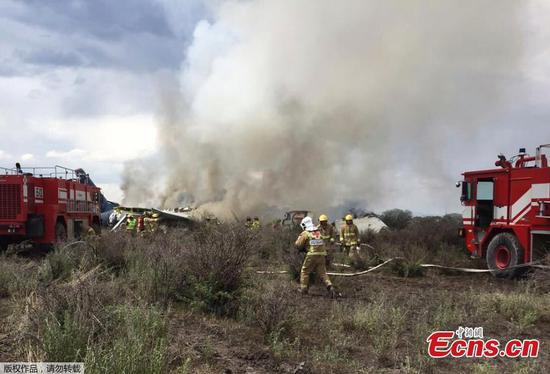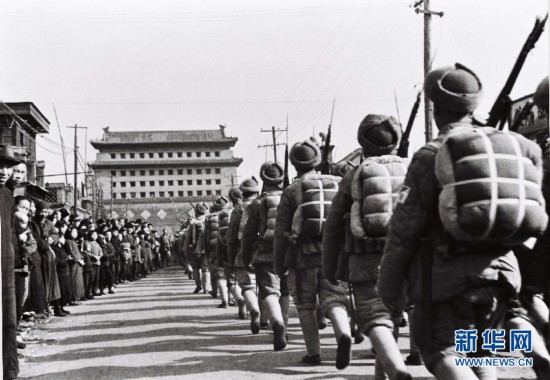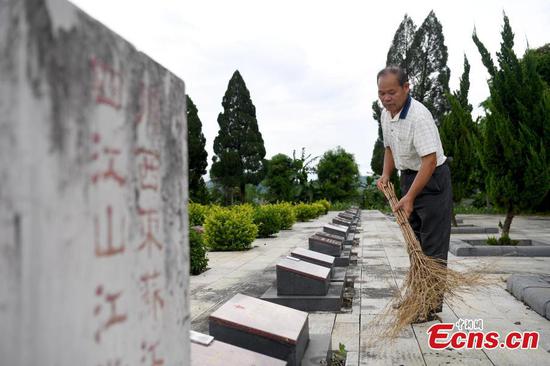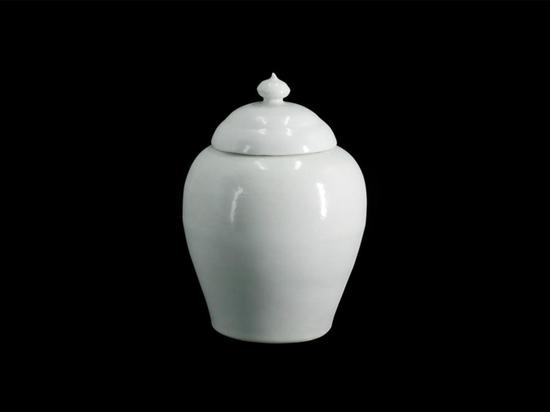July was hotter and wetter than usual, and China can expect more scorching temperatures and periodic downpours in the coming 10 days, said the top meteorological authority.
The average temperature in China in July was 22.9 C, 1 degree higher than the recent Julys. Extreme highs were recorded at 94 monitoring stations across the country, mainly in Gansu, Hubei, Jilin, Liaoning and Shandong provinces, and 24 stations registered record highs.
The highest temperature in Benxi, Liaoning, for example, stood at 39.2 C last month, according to the China Meteorological Administration.
It also said the country experienced 6.1 days in July during which the average temperature topped 35 C, or 2.1 days more than the recent average. Scorching temperatures lingered for long periods in central and eastern parts of the country.
The heat wave peaked last month on July 20, with almost 1.6 million square kilometers of land-or one-sixth of the country's total-enduring average temperatures of over 35 C. More than 134,000 sq km of land was baked by temperatures over 38 C, said the administration.
Meanwhile, average precipitation in China last month stood at 133.8 millimeters, up almost 11 percent from recent July averages. Daily precipitation reached historic highs at 16 monitoring stations.
Guanghan, Sichuan province, for example, was drenched by almost 322 millimeters of rain on a single day.
Muggy conditions are expected to continue in most areas in central and eastern parts of the country in the coming 10 days, according to the administration.
The heat wave will linger until Sunday in some areas in the Inner Mongolia autonomous region and Jilin, Liaoning and Hebei provinces, as well as in Beijing and Tianjin. Though temperatures in southern parts of the country are expected to cool down over the coming days, they will shoot up again after Sunday.
Southwestern parts of the country will receive precipitation of up to 250 millimeters in the coming 10 days. Rain is also expected to fall in some areas in Northeast and North China as well as in the south, with precipitation of up to 150 millimeters over the period.
"Precipitation in some parts of Southwest and Northeast China will be 40 to 80 percent more than in recent years. In some areas, it may be double recent readings," it said.
Ai Wanxiu, chief forecaster at the National Climate Center, said the location of tropical high-pressure fronts is resulting in more rainfall in the northern parts of the country, but less in the south.
Xu Yinglong, chief forecaster at the CMA, said it's likely that very humid conditions will affect Beijing again this autumn.











